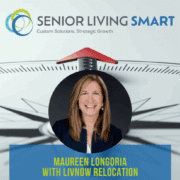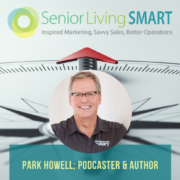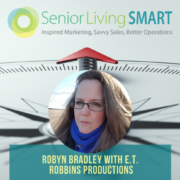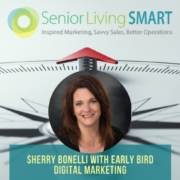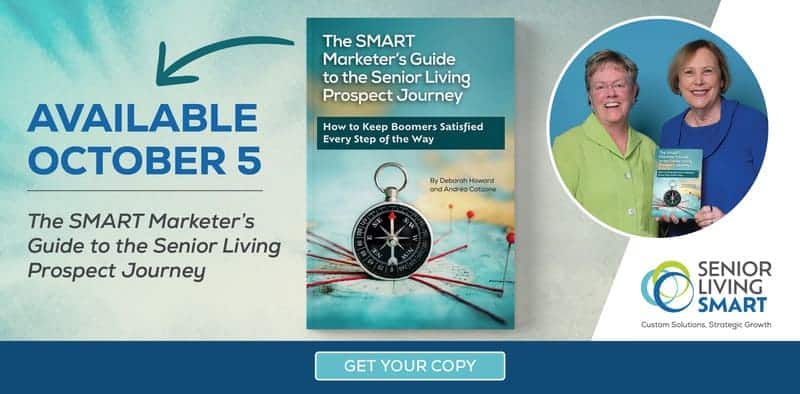Senior Living Marketing Perspectives: The Future of Lead Qualification in Senior Living with Tripp Higgins
Episode Summary:
In this episode of Senior Living Marketing Perspectives, Debbie Howard sits down with Tripp Higgins, Chief Revenue Officer of MyLifeSite, to discuss how operators can better qualify prospects through smart financial tools. MyLifeSite, known for its educational resources and MoneyGauge financial assessment tool, empowers families to understand what they can afford in senior living—while giving communities actionable insights to prioritize the right prospects.
Tripp explains how MoneyGauge turns affordability questions from a point of hesitation into a confidence-building step for families. By allowing prospects to self-qualify in a judgment-free way, communities receive not just more leads, but better leads. The conversation explores how this tool integrates with marketing, CRM systems, and even chatbots to prevent self-disqualification and reduce wasted sales effort.
Together, Debbie and Tripp highlight how data-driven qualification helps communities address occupancy challenges, refine marketing spend, and even guide future development decisions.
Topics Discussed and Key Points:
- Better Leads: Operators don’t just need more leads—they need financially qualified leads (FQLs) that have real potential to move in.
- Self-Qualification Builds Confidence: MoneyGauge empowers prospects to explore affordability without judgment, reducing fear and hesitation.
- Segmentation Made Simple: With red, yellow, and green results, sales teams can prioritize outreach and provide context-specific follow-up.
- Anonymous or Gated Options: Communities can choose whether prospects get results upfront or after sharing contact info, balancing lead capture with user comfort.
- Data That Drives Strategy: Insights from assessments reveal not only individual affordability but also broader market trends that can inform pricing, inventory mix, and geographic targeting.
- Re-engagement Goldmine: Cold and lost leads can be revived when given new tools like MoneyGauge, proving the importance of nurturing campaigns.
- Beyond the Widget: The tool works best when embedded in websites, emails, social posts, SMS campaigns, and even direct mail—meeting prospects wherever they are in the journey.
- Future Vision: Attribution modeling and deeper CRM integrations are making it easier to track conversions from assessment to tour, deposit, and move-in.
Resources:
- Connect with Tripp Higgins on LinkedIn
- Visit https://mylifesite.net/
- Learn more about Senior Living SMART





